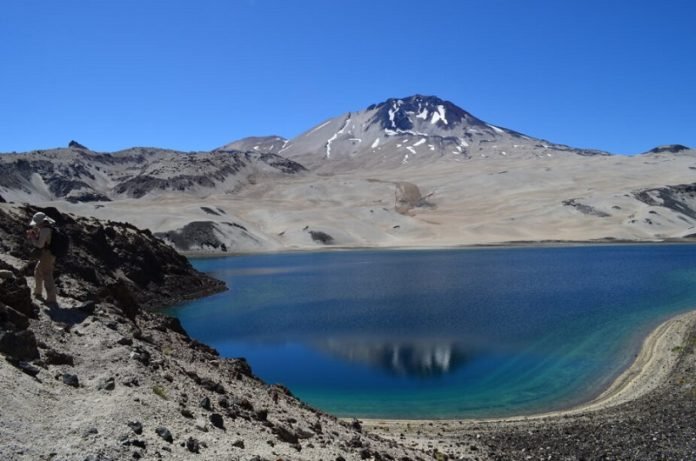
Imagine a volcano so big, when it erupts, it’s like nothing we’ve ever seen before. These giants are called “super volcanoes,” and they can shoot out more than 240 cubic miles of lava.
That’s a lot! The Toba volcano in Indonesia, which erupted about 74,000 years ago, was one of these, and it was a thousand times more powerful than the Mount St. Helens eruption in 1980.
People have wondered if these massive eruptions could cool down the Earth by a lot, but scientists have been unsure by how much.
Recently, a group of scientists from NASA’s Goddard Institute for Space Studies decided to look into this by using computers to mimic what happens when these super volcanoes erupt.
Their findings, shared in the Journal of Climate, show that even the biggest eruptions might not make the Earth as cool as we thought. They believe the temperature might drop by no more than 2.7 degrees Fahrenheit (1.5 degrees Celsius).
Why is this important?
Well, some people thought that if these huge eruptions could cool the Earth so much, maybe we could do something similar on purpose to stop the Earth from getting too warm because of climate change.
The scientists looked into how tiny sulfur particles from the volcano affect the Earth’s temperature.
These particles can either reflect sunlight away, which cools the Earth, or trap heat, which warms it up.
The size of these sulfur particles matters a lot. Smaller, denser particles can block more sunlight. But figuring out how big these particles actually are is tough. The evidence from ancient eruptions isn’t clear because, over time, these particles change and don’t leave a simple record for scientists to study.
By trying out different sizes of particles in their computer models, the researchers found that super volcanoes might not change the Earth’s temperature much more than the biggest eruptions we’ve seen in recent times. For example, the Mount Pinatubo eruption in 1991 cooled the Earth by about 1 degree Fahrenheit over two years.
Other experts, like Luis Millán from NASA’s Jet Propulsion Laboratory, agree that we need to learn more about how these particles work.
This is important because some people are thinking about trying to cool the Earth on purpose by putting similar particles in the sky to fight climate change. But according to this study, and the challenges in understanding how it all works, we’re not ready for that kind of solution yet.



